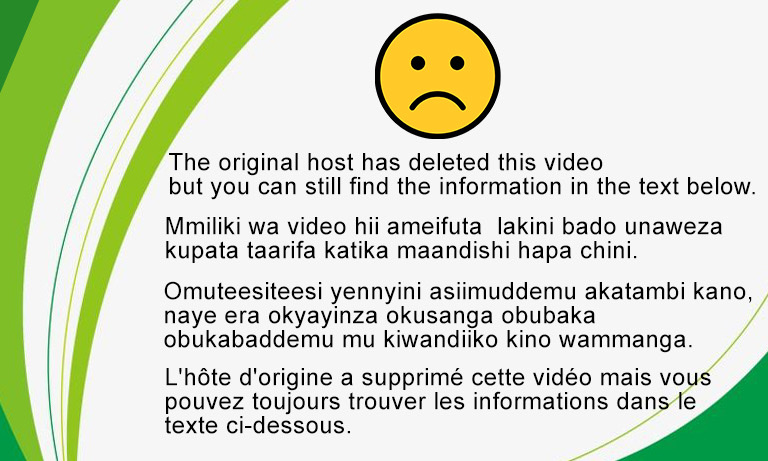In fish farming, nutrition is critical because good quality feed represents about 40 to 60% of the production cost. To survive grow and reproduce, fish need to feed on organic materials such as plants and fodder, or prepared feed containing both plant and animal materials.
Fish nutritional requirements
Feed is fed to meet their energy requirements. The quantity of feed which the fish will consume depends on various factors and these include fish appetite, fish feed quantity, and its palatability.
A feeding regime is a set of procedures to be followed when feeding fish and these include the rate and times of feeding the fish.
Factors considered when developing a feeding regime include the size of the fish pond, the stocking density, the number of ponds, the species of fish cultured, and the resources available to the farmer.
Feeding considerations
Feed quality. The fish feed should be fresh, palatable, and with high nutritive value.
Fixed quantity. Fish should be given a fixed quantity of feed daily and this helps prevent feed wastage.
Feeding time. feeding should always be before 10 am daily.
Fixed position. A fixed spot on the pond should always be used for feeding the fish. This helps the farmers to easily monitor if the fish is feeding well.
Feeding can either be by broadcasting or by spot feeding.
An automatic feeder is programmed to release a fixed amount of feed per time.
Stop feeding fish for about 24 hours before harvesting the fish.



















